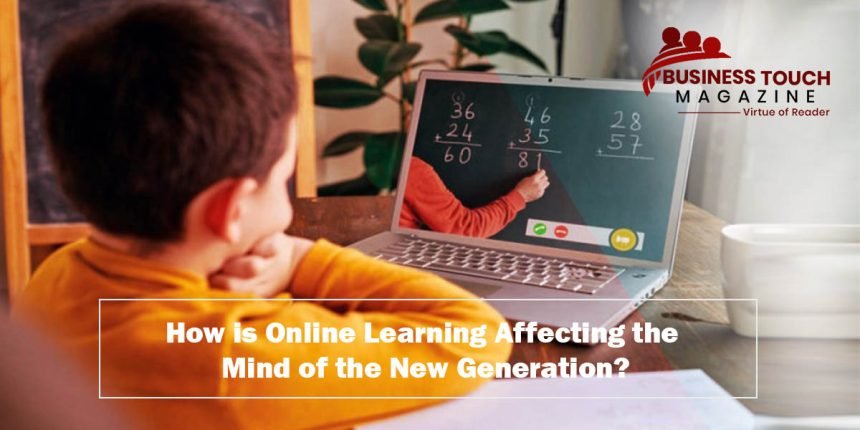Public attention has largely focused on the learning losses of K-12 students who shifted online during the pandemic. Yet, we may have reason to be concerned about postsecondary students too. What can we expect from the move to virtual learning? How does virtual learning impact student outcomes? And how does it compare to in-person instruction at the postsecondary level?
All educators approach this new paradigm with varying degrees of enthusiasm and concern. Are you optimistic or skeptical about Online Learning? Are you interested in knowing how delivering courses online can improve your teaching and offer unprecedented learning opportunities for your students, or do you want to know what you will be up against as you plan and deliver your classes online? It is important to consider both the pros and cons of online learning so you can be better prepared to face the challenge of working in this new environment as well as embrace the new opportunities that it has to offer. Let’s see!
The Classroom Advantages
A school provides structure, support, and a system of rewards and penalties to groom its students. Traditional classroom education offers the benefit of face-to-face interactions with peers which are typically moderated by a teacher. It provides children, especially those in their early developmental years, with a stable environment for social interactions, helping them develop skills like boundary setting, empathy, and cooperation. It also allows plenty of room for spontaneity, unlike a virtual learning setup.
Online Education In The Context of Schooling
As students progress to higher classes in school, they seek more autonomy and intellectual freedom. Online learning can help them pursue highly individualized learning programs, possibly even college-level courses. These, combined with hands-on exercises, real-world exploration, and thorough assessments, can be highly beneficial to their learning progress. They can explore their options by trying out introductory topics from different fields, before committing to a specialization. Online learning platforms can help these students become more independent learners before they make their way into college.
Mobile apps that provide enhanced learning opportunities for school children have become quite popular as of late. Since mobile phones have already found their way into their hands, these apps are being used to supplement classroom learning. Teachers and parents need to act as anchors and mentors, curating the kind of educational content students are exposed to, during this tricky phase of exploring the right career to pursue.
Strengths of Online Learning
There are many reasons why online programs have become a popular form of distance learning in higher education today. The online environment offers unprecedented opportunities for people who would otherwise have limited access to education, as well as a new paradigm for educators in which dynamic courses of the highest quality can be developed. Here is a list of some of the major benefits of online programs:
No Location Barriers
The main advantage of asynchronous online learning is that it allows students to participate in high-quality learning situations when distance and schedule make on-ground learning difficult to impossible. Students can participate in classes from anywhere in the world, provided they have a computer and Internet connection. In addition, the online format allows physically challenged students (and teachers) more freedom to participate in class.
No Time Barriers
The Virtual Classroom is accessible 24 hours a day, seven days a week. Time efficiency is another strength brought by the online learning format. Asynchronous communication through online conferencing programs allows the professional to juggle work, family, and study schedules to participate in class discussions. There is no question about doing the work; just do it at the more convenient times.
Dynamic Interaction
The online format allows a dynamic interaction between the instructor and students and among the students themselves. Resources and ideas are shared, and continuous synergy will be generated through the learning process. The synergy that exists in the student-centered Virtual Classroom is one of the most unique and vital traits that the online learning format possesses.
High-Quality Dialog
Within an online asynchronous discussion structure, the learner may reflect on comments from others before responding or moving on to the next item. This structure allows students time to articulate responses with much more depth and forethought than in a traditional face-to-face discussion situation.
Student-Centered
Students usually respond to those topics within the broader conversation that most speak to their concerns. These situations result in smaller conversations taking place simultaneously within the group. While students should read all of their classmates’ contributions, they actively engage in only those parts of the dialog most relevant to their interests. In this way, students control their own learning experience and tailor the class discussions to meet their own specific needs.
Conclusion
As the overlap of the traditional and online modes of education is becoming more and more inevitable, we owe it to our students to make their education relevant to their future through ingenuity, passion, and careful planning.




